Attract bees to your garden with non-native trees
Habitat Aid has selected non-native trees that will help bees in your garden


Habitat Aid is launching a range of eight bee-friendly non-native trees. This will complement the native trees and nectar plants that they already have on sale.
Among the trees, which are recommended by the British Beekeepers’ Association, are the Indian bean tree, the snowy wattle and the Judas tree.
Habitat Aid’s Nick Mann, who is himself a keen beekeeper, said: ‘Although native trees are excellent for bees, lots of people aren’t as interested in growing them, so we wanted to offer an attractive alternative.
‘These tree species are all nectar rich and have profuse blossom, which appeals to bees. They’re also very beautiful, so people won’t have to sacrifice the aesthetic of their garden—and, after all, you should enjoy seeing wildlife!’
Many of the selected trees flower out of season, which could prove vital to bees that are emerging during the exceptionally warm winters and struggling to find food sources.
The project is part of Habitat Aid’s work to protect and promote biodiversity in the UK. Half of the profits from the sale of the trees will be donated to the Laboratory of Apiculture and Social Insects at the University of Sussex.
You can purchase bee-friendly non-native trees through Habitat Aid. To find out more about bees and beekeeping, visit the British Beekeepers’ Association.
Exquisite houses, the beauty of Nature, and how to get the most from your life, straight to your inbox.
Habitat Aid non-native trees
Acacia dealbata (silver wattle) Excellent and very attractive nectar plant, with fragrant yellow flowers through the winter and early spring, and feathery blue-green foliage Flowers: January–April Soil type: Fertile, well-drained, neutral to acid soils
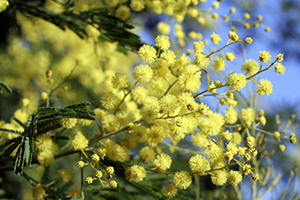
Amelanchier lamarckii (snowy mespilus) Small, highly decorative tree; attractive flowers in spring followed by berries in summer and red/orange leaves in autumn. Perfect for smaller gardens Flowers: March–April Soil type: Most moist well-drained soils
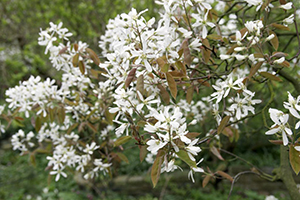
Catalpa bignonioides (Southern Catalpa or Indian bean tree) Spreading medium-sized ornamental tree with pretty, large leaves and showy white flowers Flowers: June–July Soil type: Moist, well-drained soils
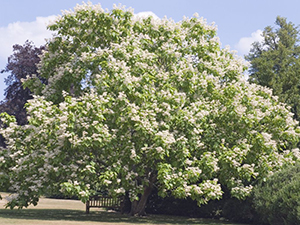
Cercis siliquastrum (Judas tree) Pretty, small tree with delicate leaves and attractive clusters of rose-purple pea flowers Flowers: May Soil type: Light, non-acidic, well-drained soils
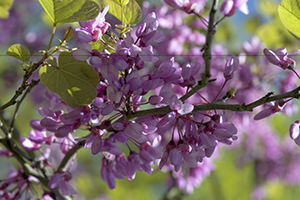
Eucryphia glutinosa A fresh and healthy-looking small tree, producing fragrant white rose like flowers Flowers: August–September Soil type: Moist, well-drained neutral to acid soils

Halesia carolina (Carolina silverbell or snowdrop tree) A medium-sized, fast-growing ornamental tree with masses of delicate white flowers in late spring Flowers: May Soil type: Moist, well-drained neutral to acid soils

Paulownia tomentosa or imperialis (foxglove tree) This fast-growing Chinese ornamental tree produces large Catalpa-like leaves in late spring, and sprays of fragrant foxglove flowers. Attracts bumblebees Flowers: April Soil type: Most fertile, well-drained soils
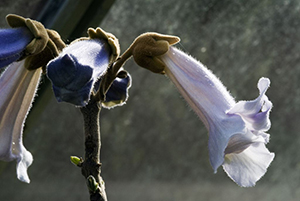
Sophora japonica or Styphnolobium japonicum (Japanese pagoda tree or Chinese scholars' tree) Attractive specimen tree with pale, delicate foliage and pretty white flowers Flowers: September Soil type: Light, well-drained soils
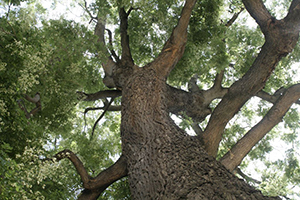
To comment on this article, use the comment box below, or email us at clonews@ipcmedia.com. Read more about the countryside
For more news stories like this every week subscribe and save
Country Life is unlike any other magazine: the only glossy weekly on the newsstand and the only magazine that has been guest-edited by His Majesty The King not once, but twice. It is a celebration of modern rural life and all its diverse joys and pleasures — that was first published in Queen Victoria's Diamond Jubilee year. Our eclectic mixture of witty and informative content — from the most up-to-date property news and commentary and a coveted glimpse inside some of the UK's best houses and gardens, to gardening, the arts and interior design, written by experts in their field — still cannot be found in print or online, anywhere else.
